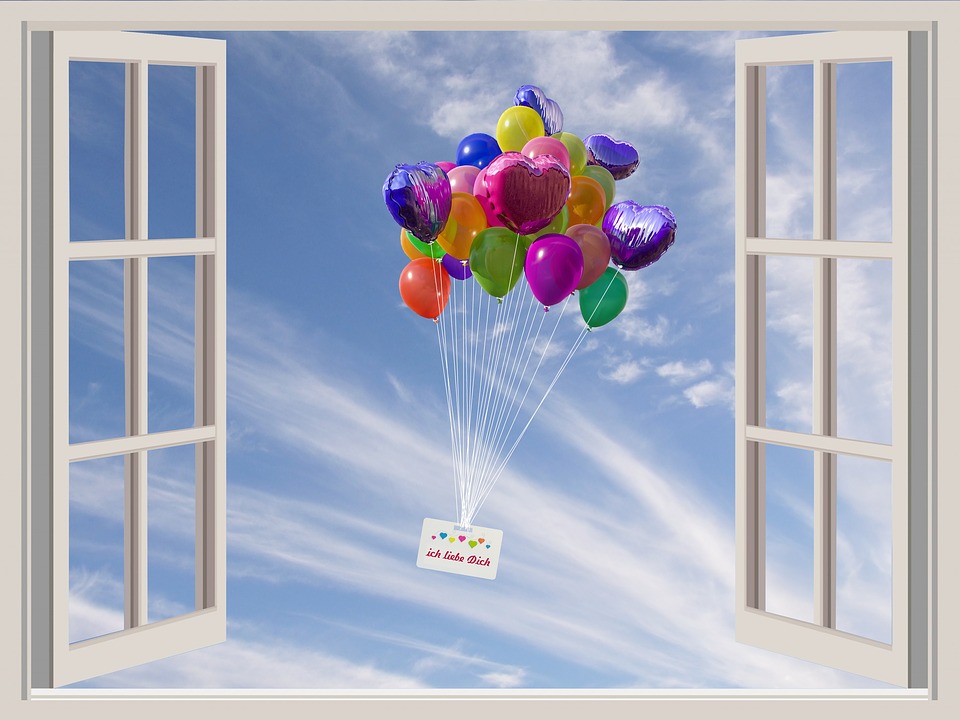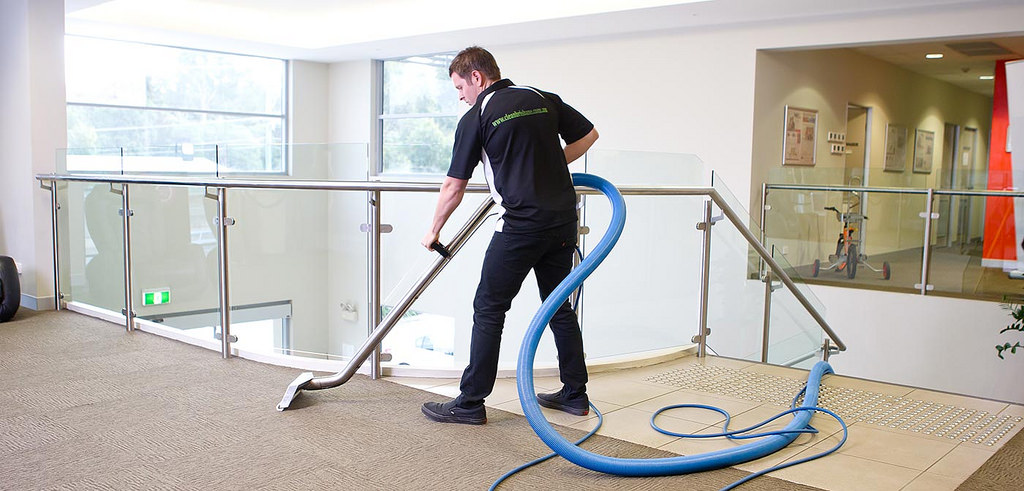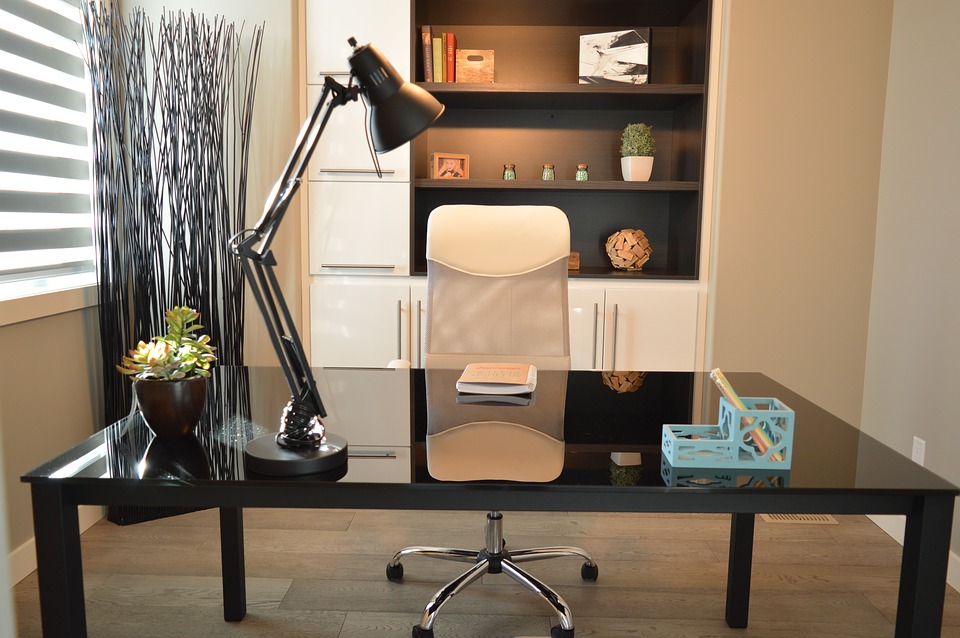When you think about landscaping, you probably think about visiting a nursery to pick out plants or planting flowers to create a beautiful accent garden. Flowers, plants, and trees are only one part of the equation, however. You also need to think about how your landscape will look after the sun goes down. Residential landscape lighting can enhance the look of your home after dark, drawing attention to key architectural details of your house and highlighting the beautiful plants that surround it. Use these tips to boost your home’s curb appeal today.
Understand that landscape lighting goes beyond solar path lights
Lighting up your landscape involves far more than just sticking a few solar lights along the edge of your sidewalk and calling it good. Instead, it is about creating a specific feeling in your yard after the sun goes down. When done correctly, landscape lighting can transform your outdoor space, turning it into a beautiful accent for your home. This type of lighting is not only meant to be functional but also to enhance the look and feel of your home.
Decide what you hope to achieve
Before you start picking out lights and deciding where to place them, come up with an overall plan for what you hope to achieve. Are you trying to make your yard safer by lighting up your sidewalk or patio area? Do you want to create a well-lit area where you can entertain? Do you want to draw attention to certain areas of your home, highlighting its unique architecture? Are you trying to improve the security of your property? By identifying your objectives before you begin, you can do a much better job of designing a lighting setup that will help you achieve your goals.
Take care of an essential lighting first
There are certain parts of your yard that should definitely be lit. Here are some of the key components that you should include in your overall design:
-
- Pathway lights. Any sidewalks, pathways, or entrances should be well lit to make it easy for people to see.
- Driveway lighting. You should incorporate plenty of light in your driveway area so that you can get to and from your car with ease.
- Stairs. If you have stairs leading up to your home, make sure that they are well illuminated so that people don’t trip and fall.
- Patios or decks. Any outdoor gathering area should incorporate lighting so that it can be used after dark.
- Trees. If you have any trees that you want to highlight, you can easily do it with lighting.
- Key architectural features. You can use lighting to enhance the architecture of your home. If you have any water features on your property, you should also consider lighting them.
Choose LED lights
Rather than going with halogen bulbs, opt for LED lighting. Not only do these bulbs last a long time but they are extremely energy-efficient.
A single bulb can last as long as 100,000 hours. That means that you won’t have to replace them often – an important consideration since outdoor lighting fixtures are not always easily accessible.
LED lights can also stand up to the elements, making them perfect for use outdoors. No matter how bad the weather gets, you shouldn’t have to worry about your lighting.
Another advantage of LED lights is that they are extremely versatile. You can change everything from the color of the light to its intensity. This can allow you to create a completely customized look for your outdoor space.
Read More : Secrets To The Perfect Bedroom Light
Incorporate multiple types of lighting to create an interesting design
Your residential landscape lighting design should include ambient lighting, which is lighting that shines over the entire space. It should also incorporate task lighting, which is used to provide illumination for tasks like cooking. Finally, it should also include accent lighting, which is used to draw attention to certain features of your yard. For instance, you could put a spotlight on a tree to draw attention to it. Incorporating all three types of lighting will help create a balanced, professional look that will set your yard apart from others in your neighborhood.
Read More:
- Give Amazing Look Using Balloon Centerpieces In Wedding
- Smart Fun Gardening: How To Take Care Of A Money Tree
- Seven Simple Ways For Achieving Cozy Bedroom Environment: For Perfectly Night Sleep
- Using Feng Shui In Your Bathroom Design
- Experts Recommend: Top Interior Design Trends For 2017
- Mirror Decorating Ideas To Style Your Bathroom


























